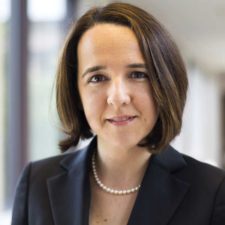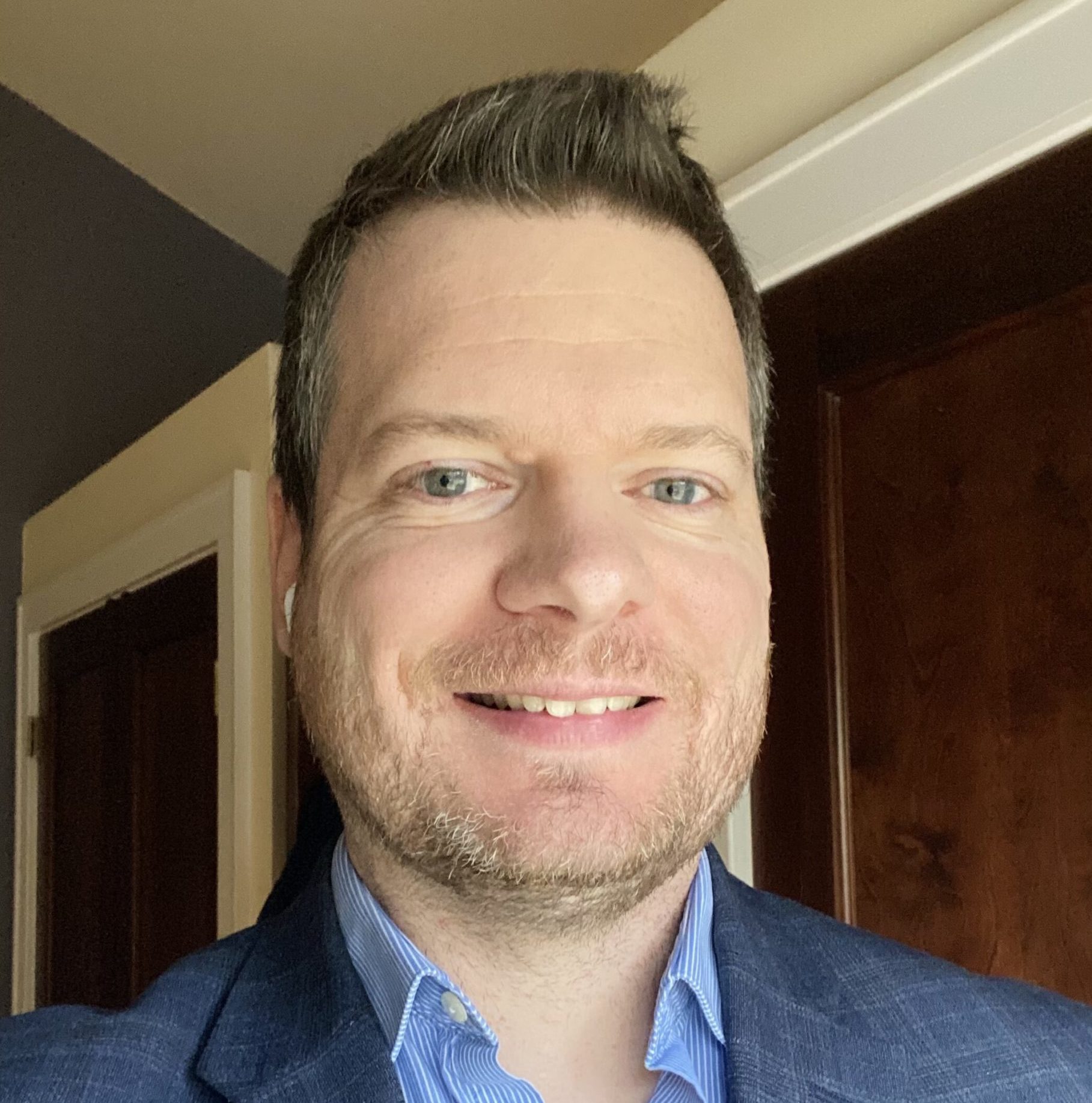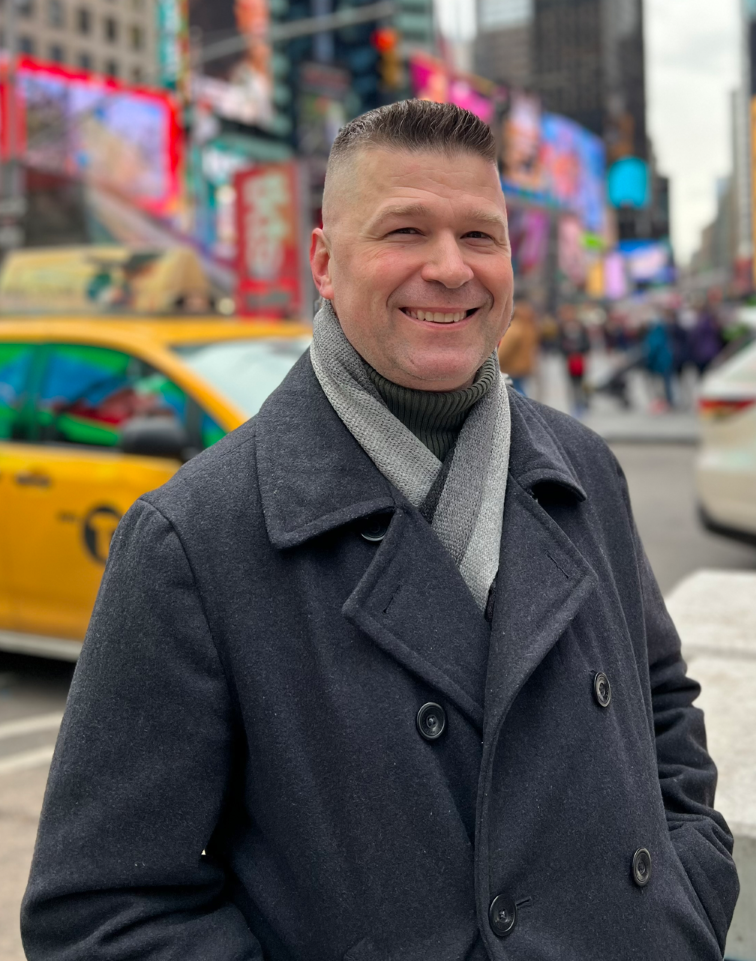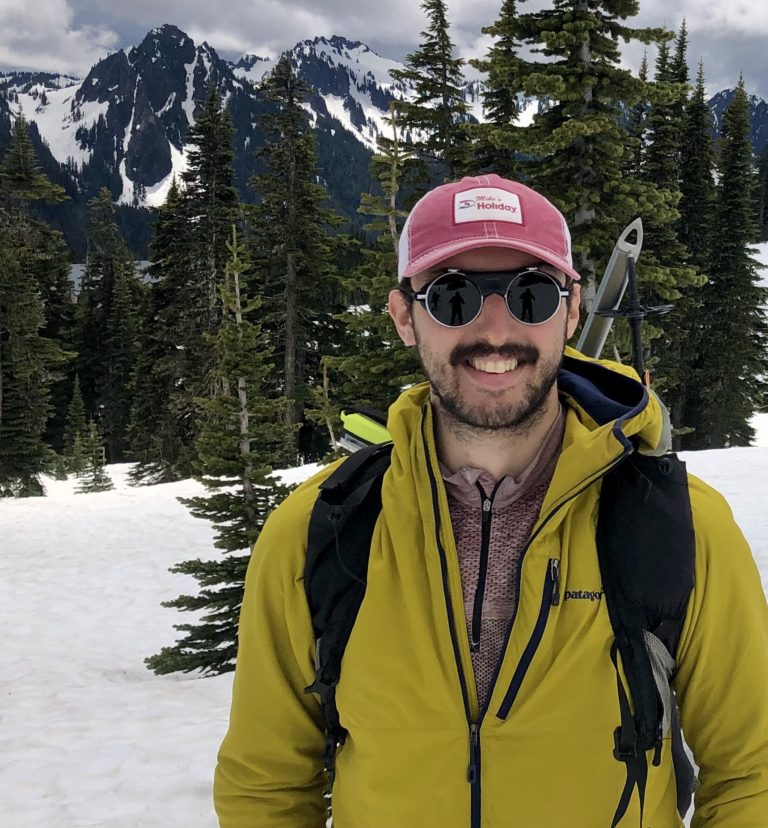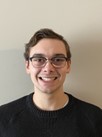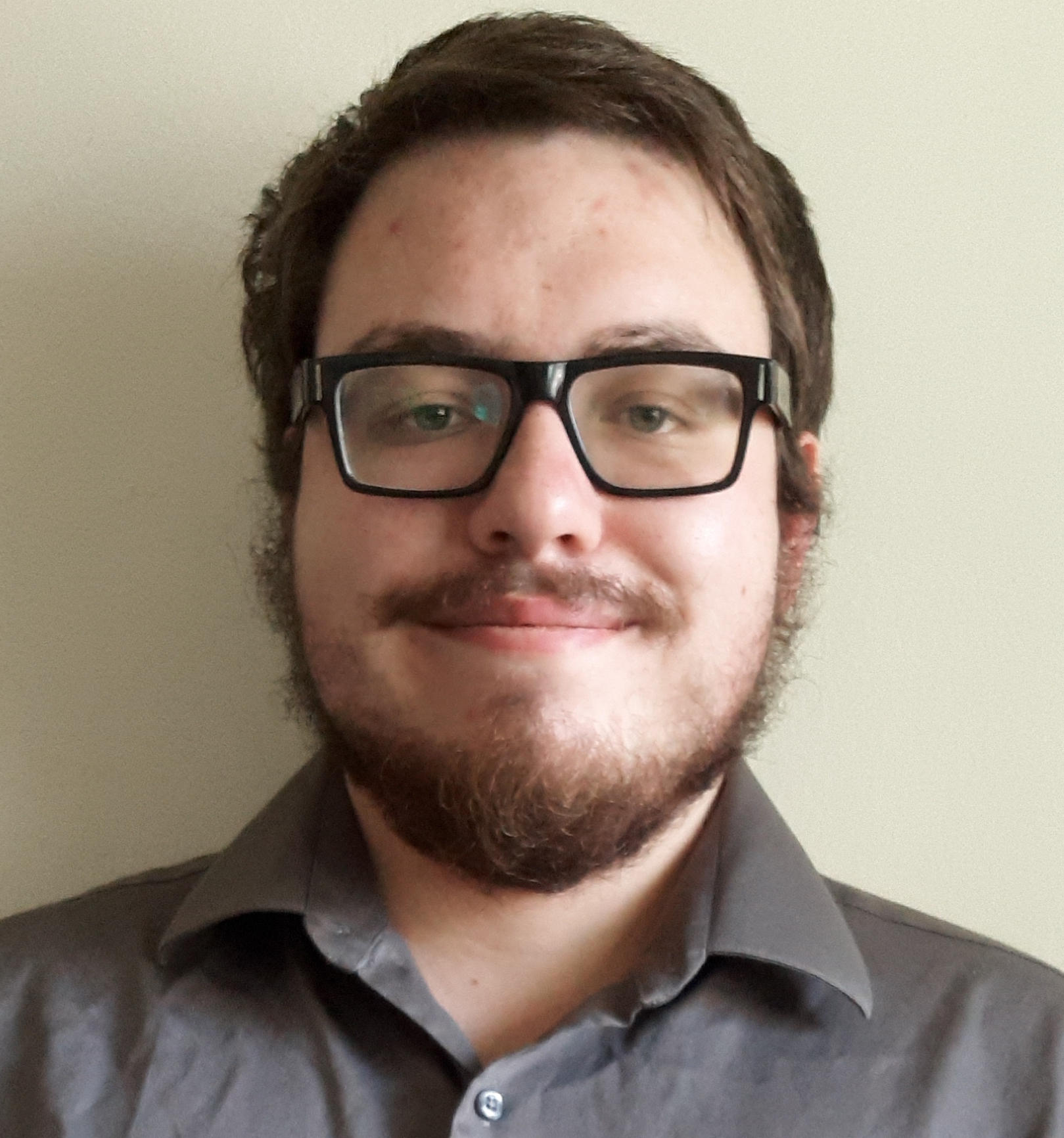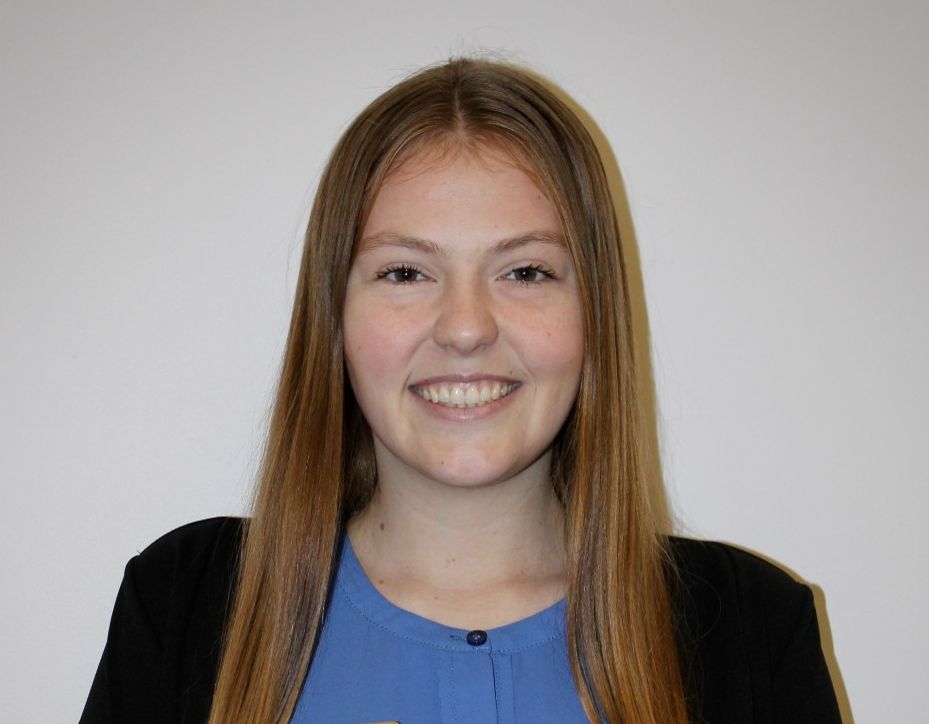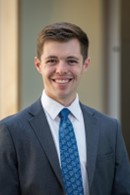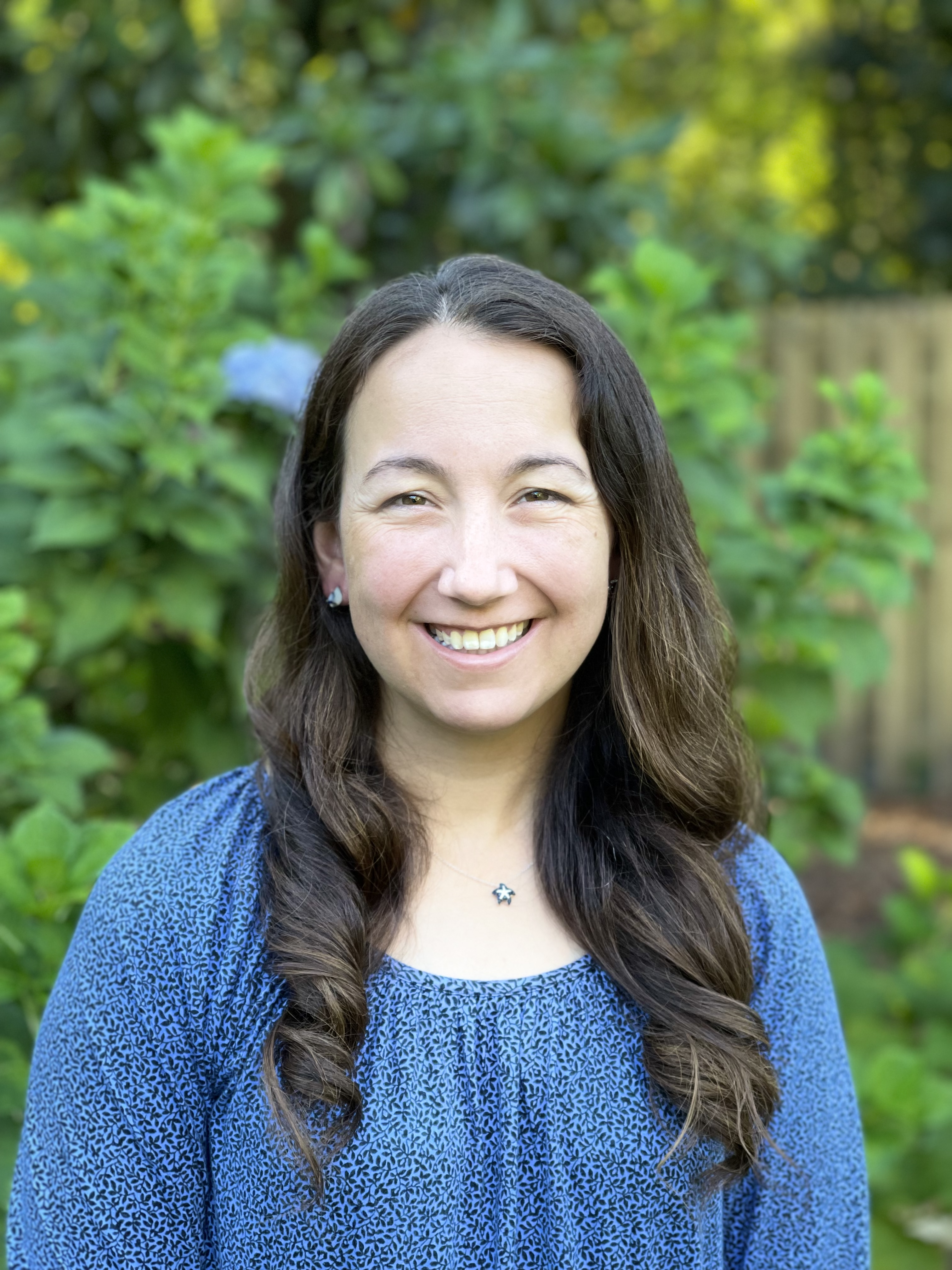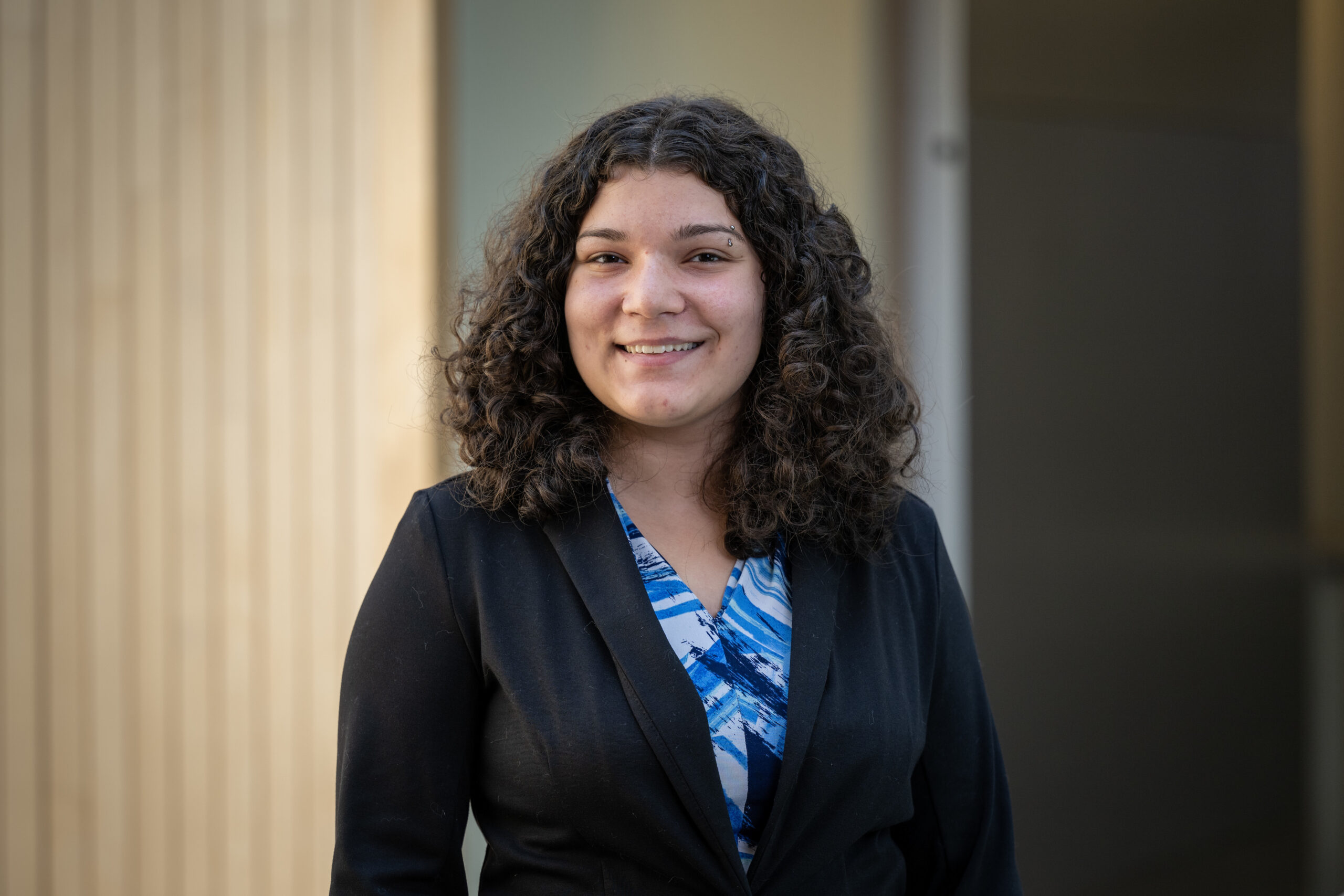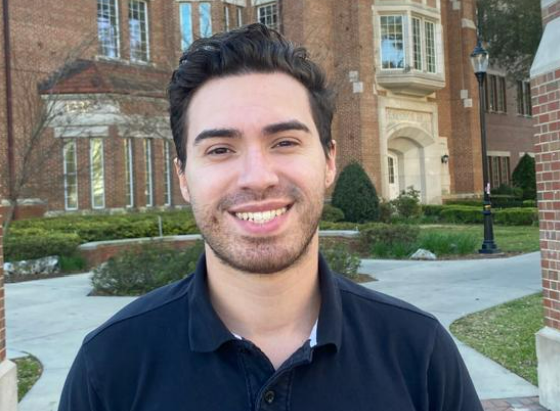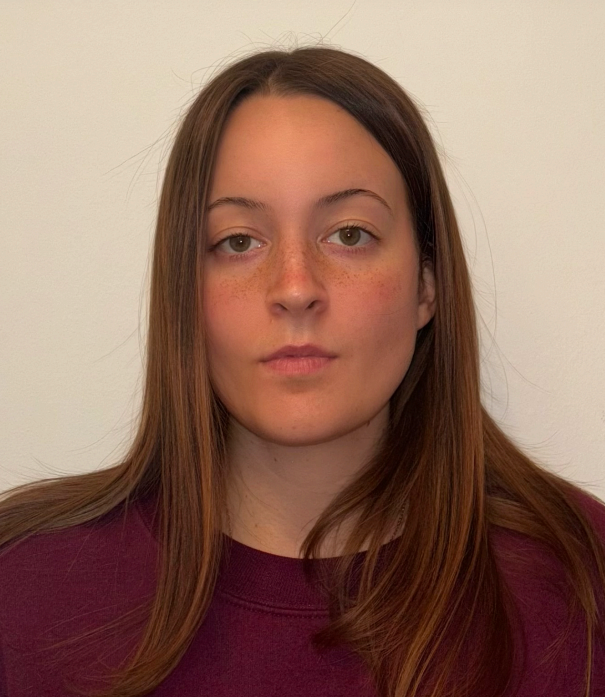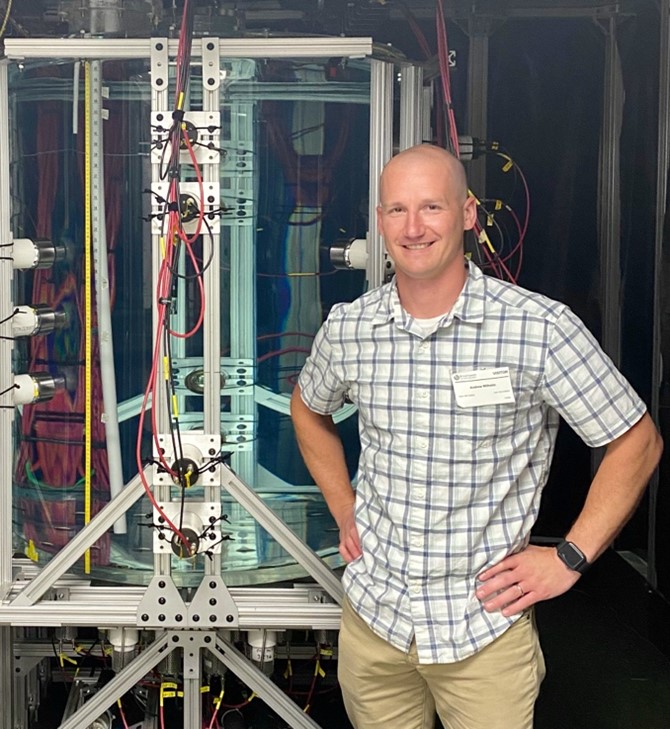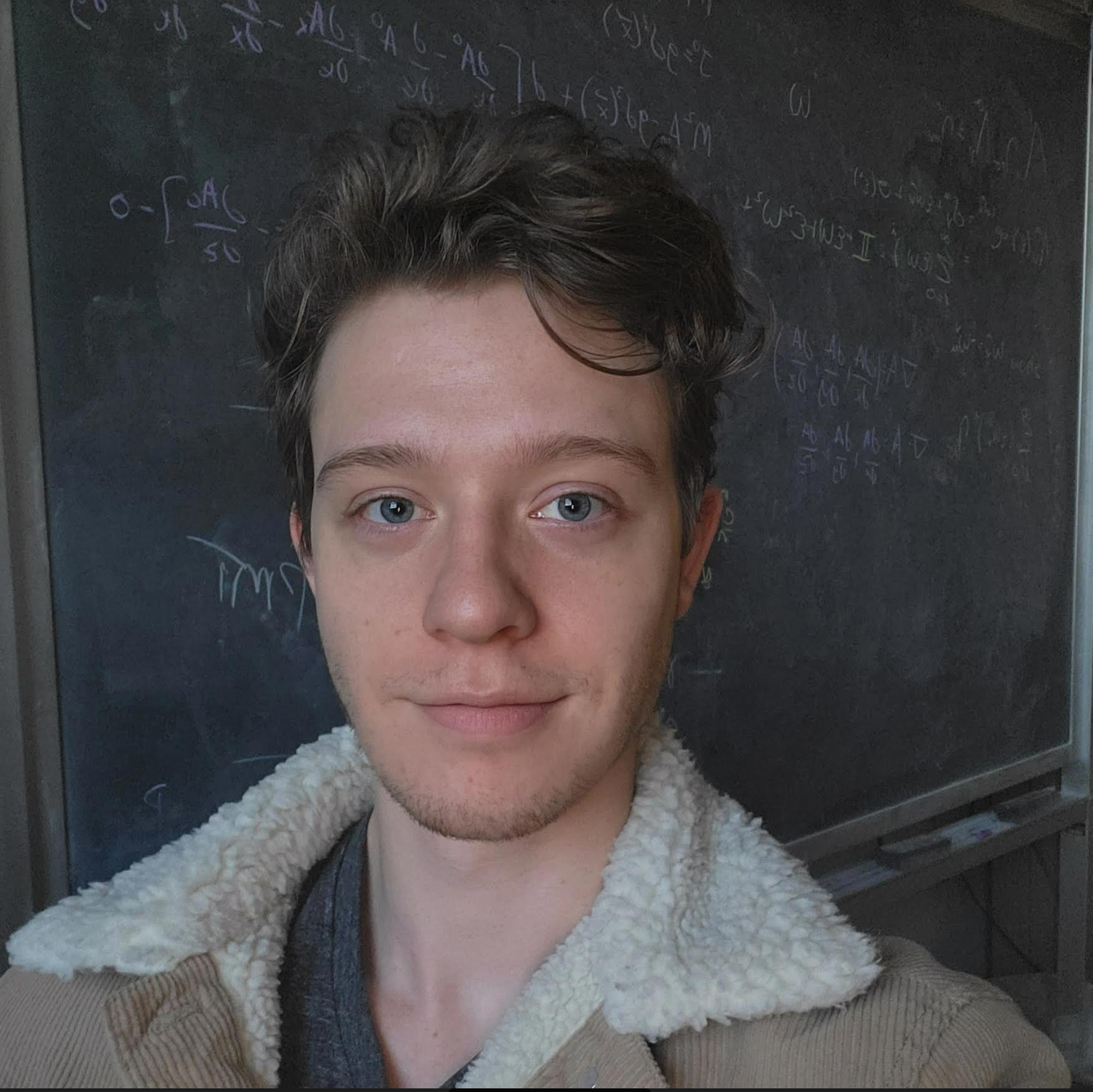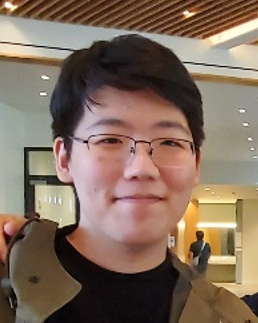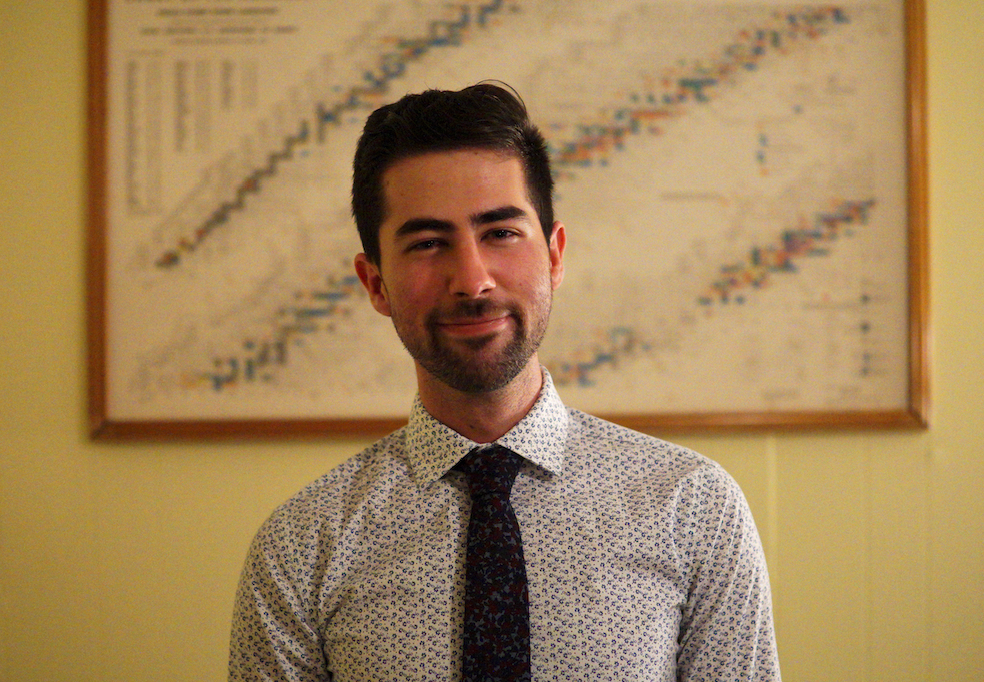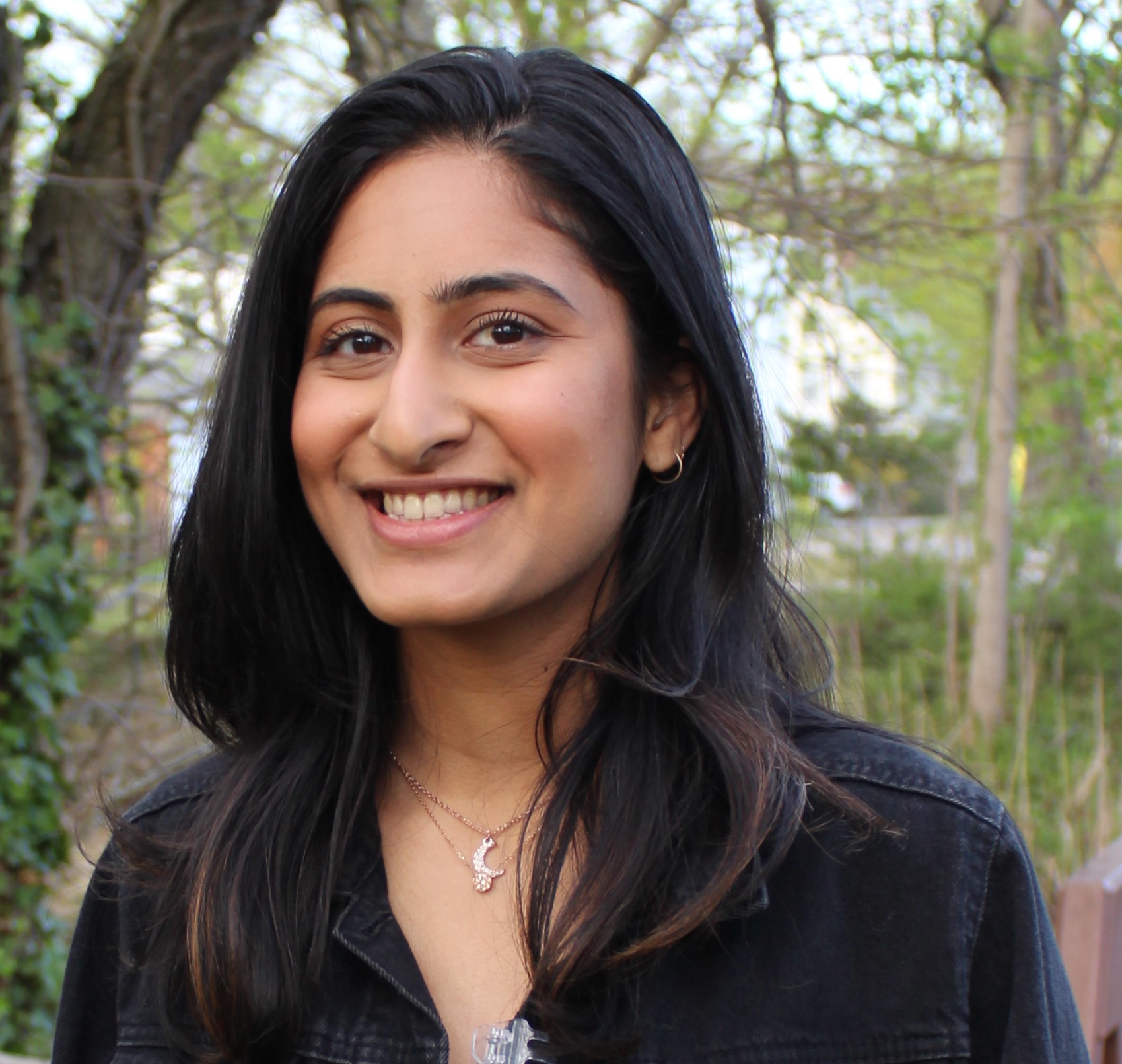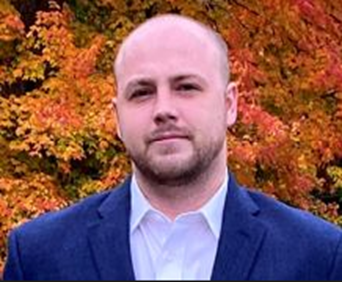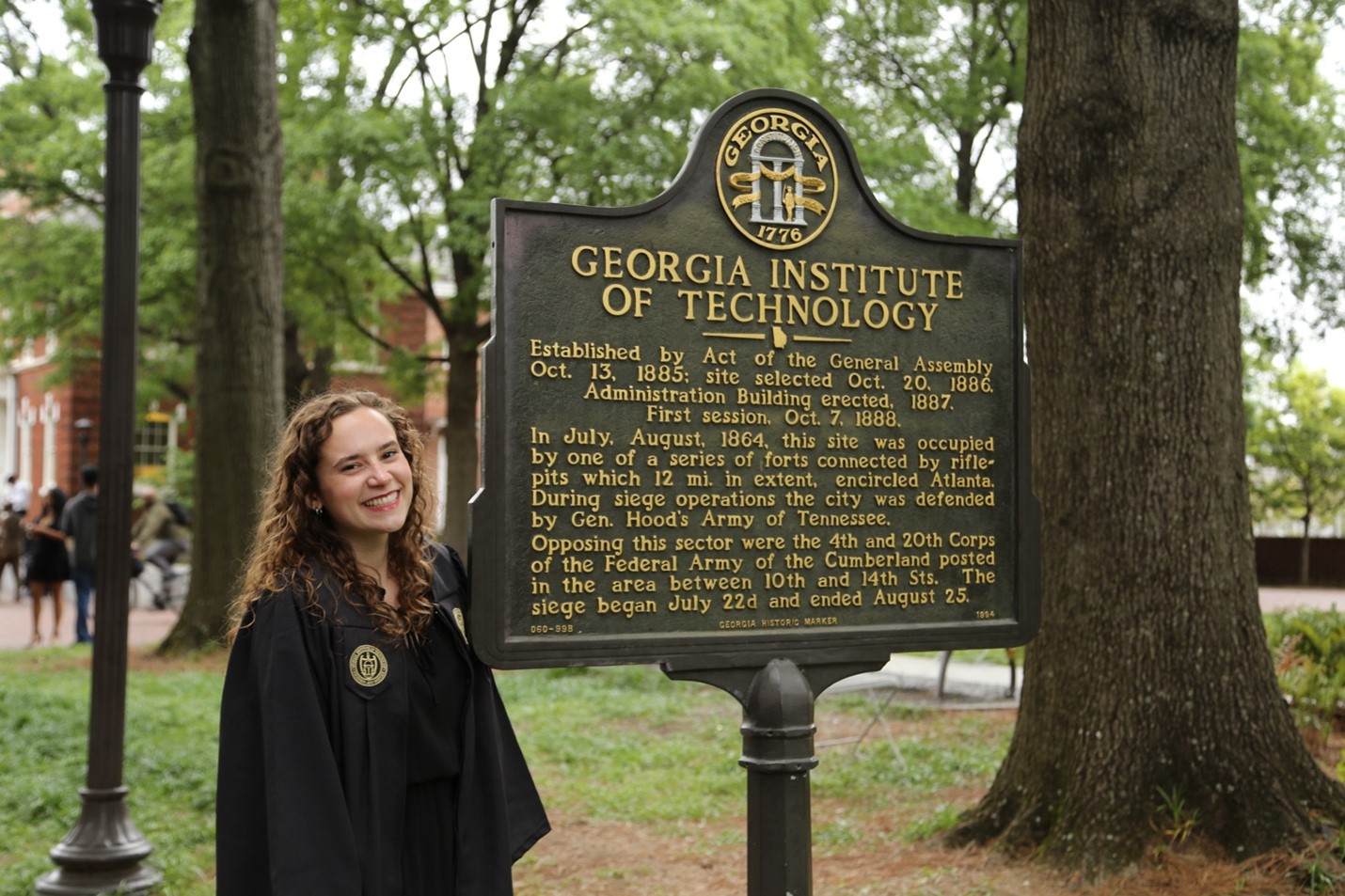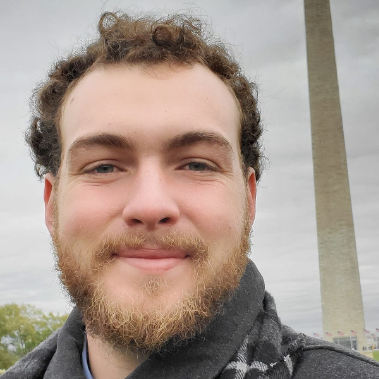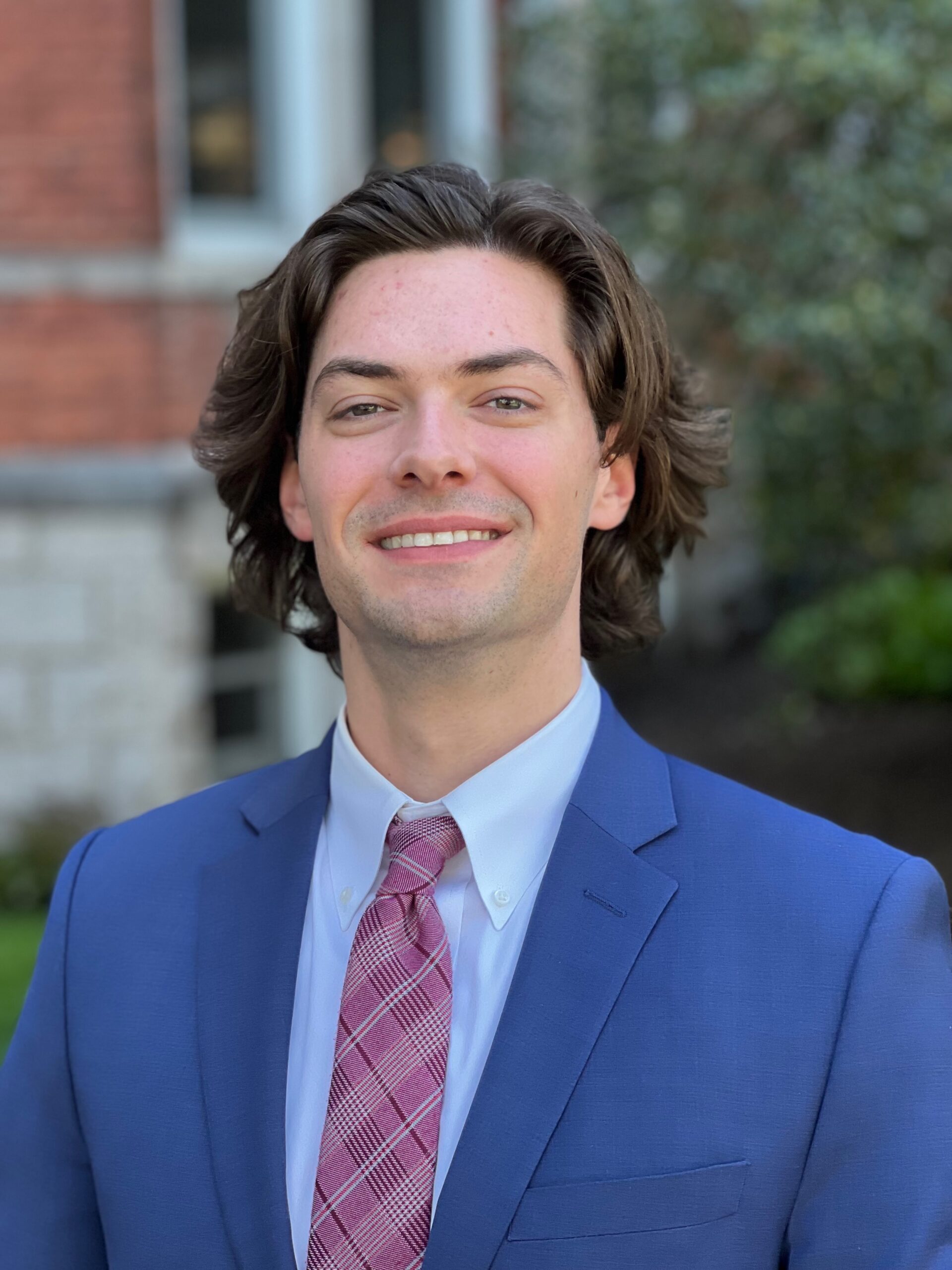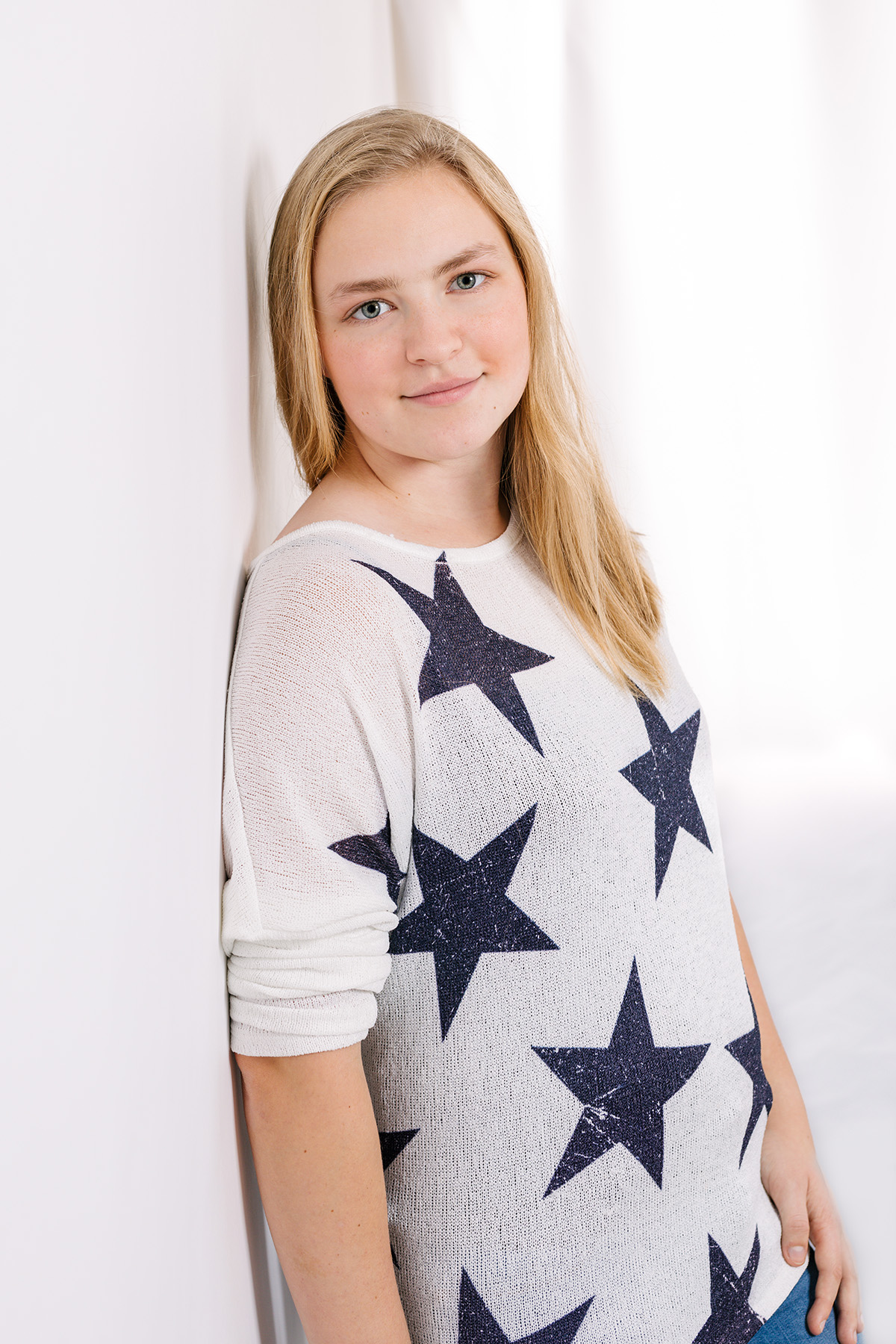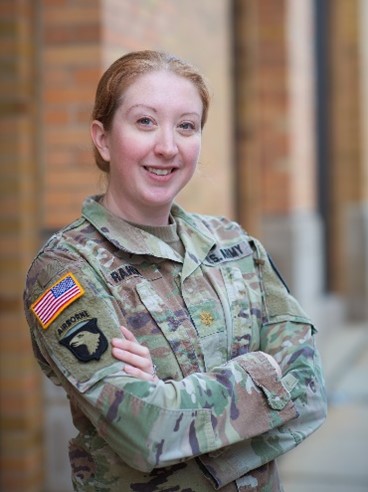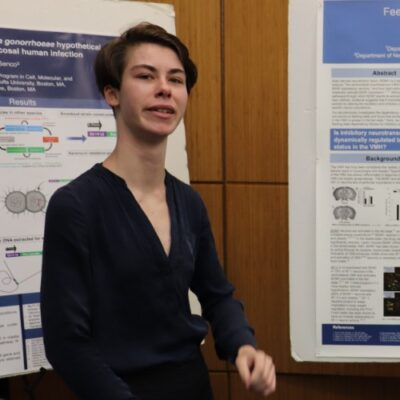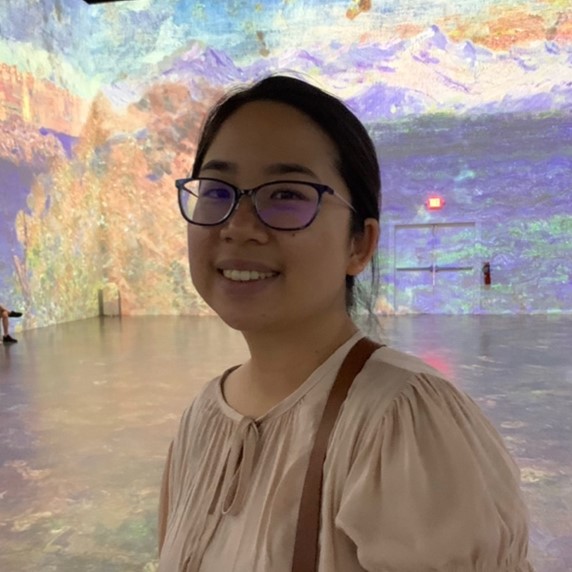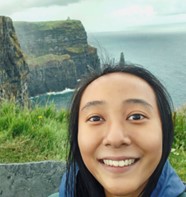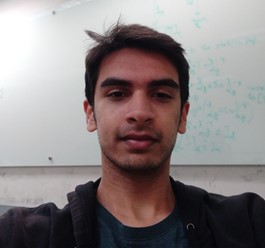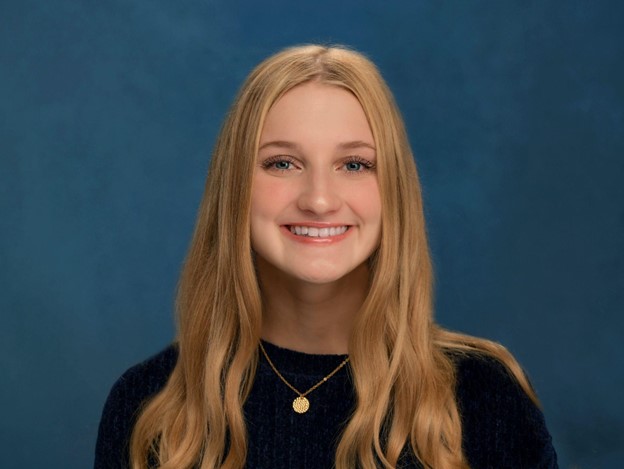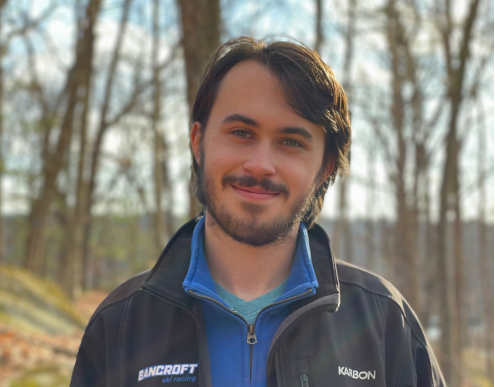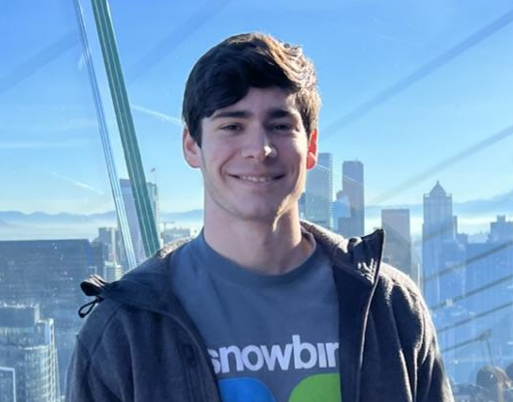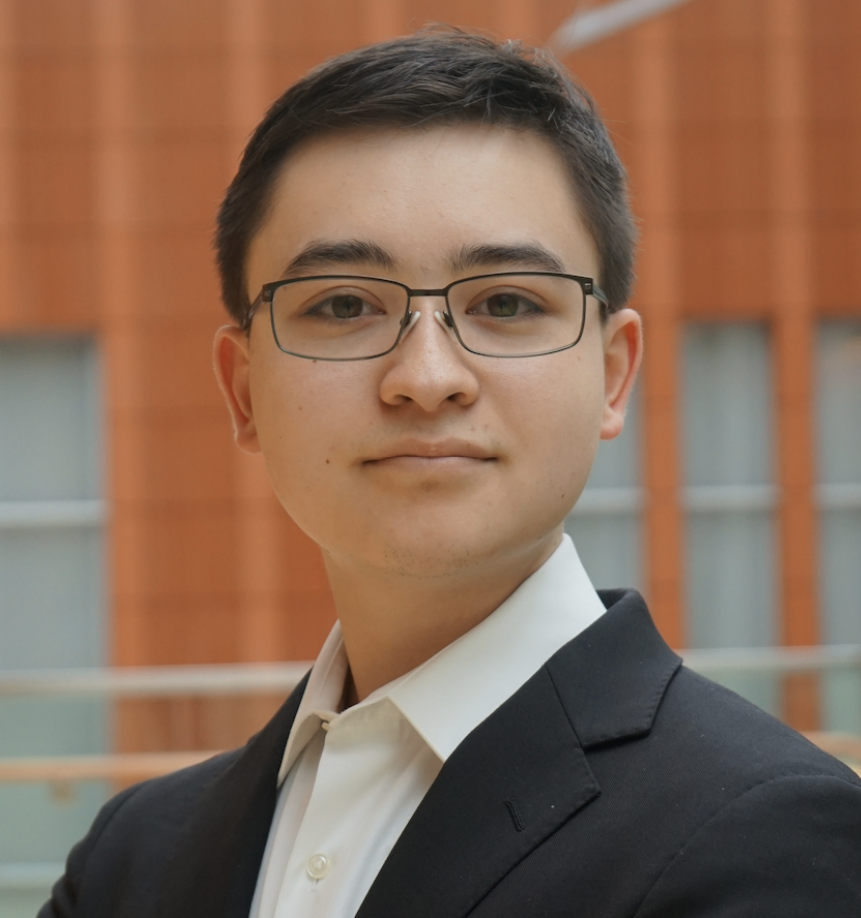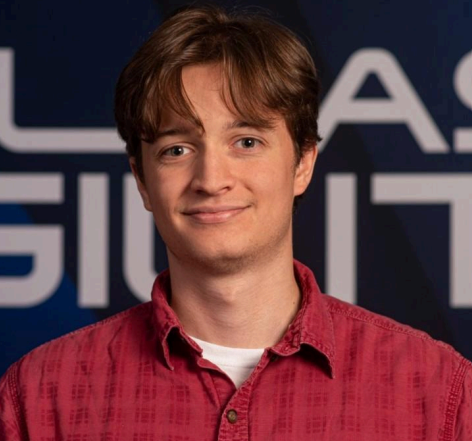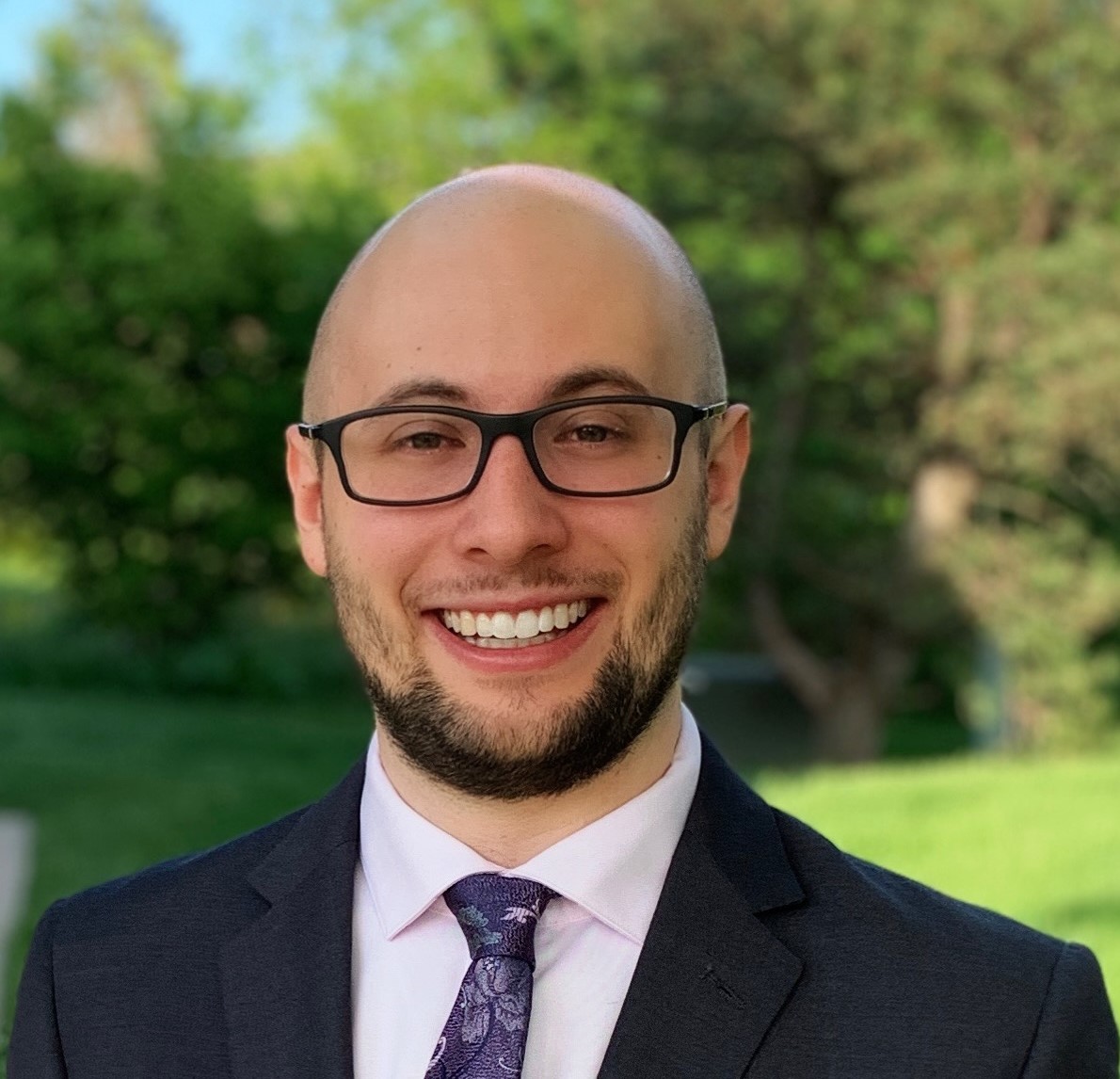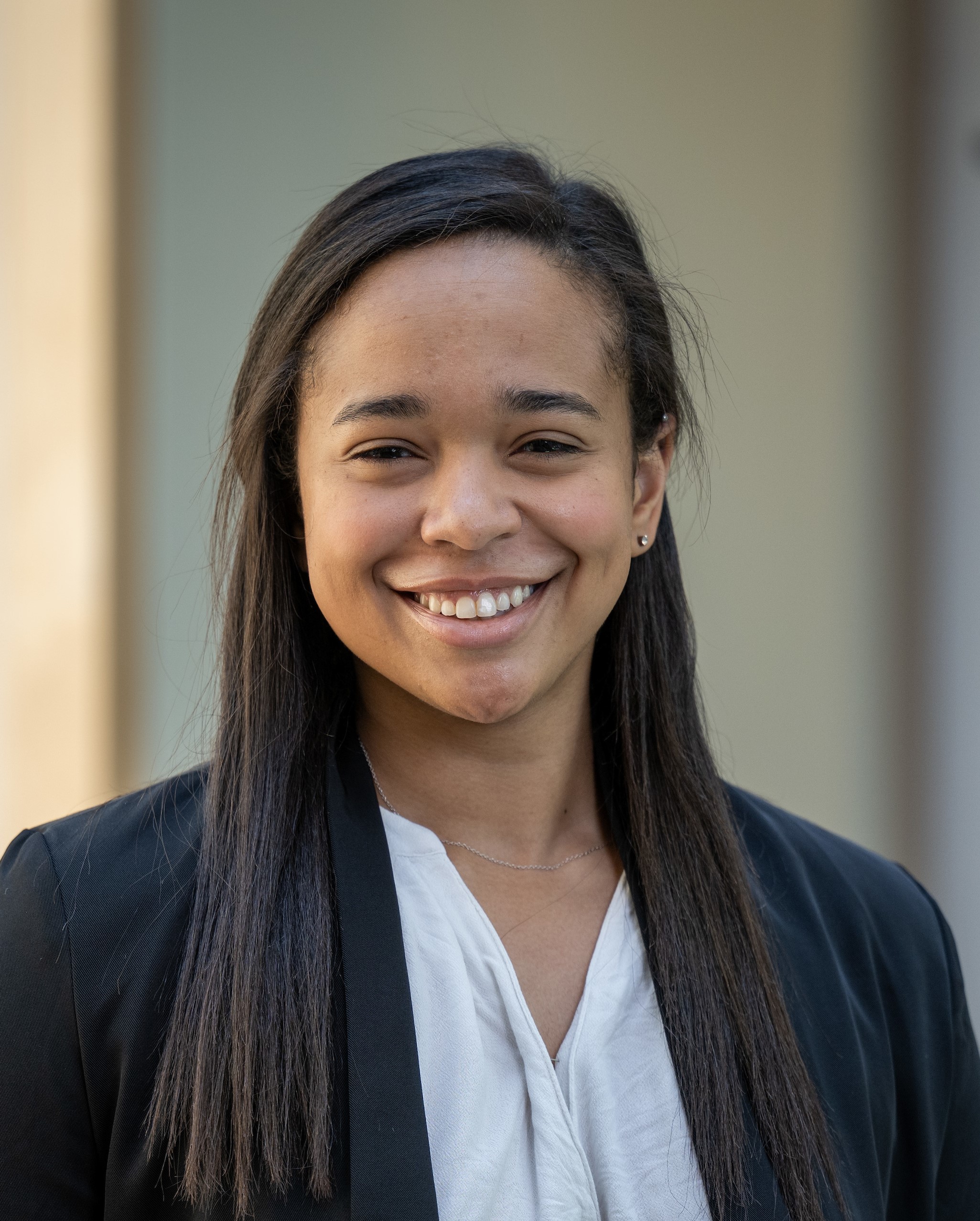08:00 – 09:00
Breakfast, Registration, and Poster Set-up
09:00 – 09:10
Welcome & Logistics
Sara Pozzi
Director and MTV Faculty, University of Michigan
Professor Sara Pozzi is a University Diversity and Social Transformation Professor at the University of Michigan (U-M). She earned her M.S. and Ph.D. in nuclear engineering at the Polytechnic of Milan, Italy in 1997 and 2001. She is a Professor of Nuclear Engineering and Radiological Sciences and a Professor of Physics. Prior to her positions at U-M, she was a staff scientist at Oak Ridge National Laboratory from 2002 to 2007.
Shaun Clarke
Associate Director and MTV Faculty, University of Michigan
Dr. Clarke has more than 10 years of experience performing radiation detection measurements and Monte Carlo modeling. He has organized and performed numerous experimental campaigns involving measurements of special nuclear material with organic scintillation detectors and state-of-art digital electronics. His current interests are active interrogation systems for nuclear nonproliferation, safeguards, and treaty verification applications.
09:10 – 09:25
NNSA Goals for MTV
COL Jon Baker
Deputy Director, Office of Proliferation Detection, NNSA
Jon is the Deputy Director, Office of Proliferation Detection (NA-222). He has a Ph.D. in Nuclear Engineering from the University of Tennessee and a M.S in Physics from the University of Alabama in Huntsville. His previous assignment was the Deputy Nuclear Engineering Program Director at the United States Military Academy at West Point.
09:40 – 09:55
Ex fission ad astra: extending nuclear phenomenology to the fission fragment region
Click here for slides
Kyle Beyer
Postdoc, FRIB/Michigan State University
Kyle recently graduated from the University of Michigan with his PhD, working with advisor Brian Kiedrowski. He’s now working in the few-body nuclear reaction theory group at FRIB, with Filomena Nunes and a bunch of other great people. Kyle works on nuclear reaction theory and phenomenology, as well as uncertainty quantification and model order reduction.
09:55 – 10:10
Robust Adversarial Reinforcement Learning for Antineutrino-based Safeguards
Click here for slides.
Matthew Dunbrack
Graduate Student, Georgia Institute of Technology
Matthew Dunbrack is a Ph.D. candidate in nuclear engineering, specializing in nuclear nonproliferation, at the Georgia Institute of Technology. He received his bachelor’s degree in nuclear engineering with a minor in mathematics from the University of Florida in May 2020 as well as his master’s degree in nuclear engineering from Georgia Tech in December 2022. His current research, supervised by Dr. Anna Erickson, is developing antineutrino-based safeguards through machine learning techniques.
10:10 – 10:25
Measurement of 9Be(ɑ,n) Cross Section for Safeguards Applications
Click here to view slides
Colton Graham
Graduate Student, University of Michigan
Colton Graham is a third year graduate student in Professor Igor Jovanovic’s Applied Nuclear Science Group. His research work is focused on measurement of (alpha,n) cross section data for safeguards applications, application of organic scintillators for contraband detection via fast neutron active interrogation and development of calibration sources for large antineutrino detectors. He is the recipient of a DOE NEUP fellowship.
10:25 – 10:45
Break
10:45 – 11:00
LASE characterizations of neutrino detector media optical properties
Click here to view slides
Emily Gunger
Graduate Student, University of Florida
Emily Gunger is working on obtaining critical data for the Livermore Attenuation and Scattering Experiment (LASE). LASE is a long path-length optical property measurement device for highly transparent detector media. Data from this device has relevance for a wide range of detectors in nuclear nonproliferation and basic science domains.
11:00 – 11:15
Subcritical Prompt Neutron Decay Constant Estimates in CROCUS
Click here to view slides
Flynn Darby
Graduate Student, University of Michigan
Flynn Darby is a Ph. D. candidate at the University of Michigan in the Department of Nuclear Engineering and Radiological Sciences. He has been working with Professor Pozzi’s Detection for Nuclear Nonproliferation Group throughout his masters and Ph. D. work, and his research focuses on quantification of fission chain kinetics through radiation measurements.
11:15 – 11:30
PSD Performance using CLYC Scintillation Detector for Special Nuclear Materials Measurement
Click here to view slides
Cathleen Barker
Graduate Student, University of Florida
Cat Barker is a PhD nuclear engineering student at the University of Florida and a member of the Enqvist Research Group. She is an U.S. Army nuclear and
counterproliferation officer specializing in nuclear intelligence. Cat earned her B.S. in Physics from the United States Military Academy in 2008 and her M.S. in Nuclear Engineering from the University of Florida in 2017. Her research with Dr. Enqvist is in fresh fuel neutron and gamma signature detection and machine learning applications.
11:30 – 11:45
Leakage Multiplication and Spontaneous Fission Source Strength Estimation Using Non-Point Model Factorial Moments
Click here to view slides
Jawad Moussa
Graduate Student, University of New Mexico
Jawad Ribhi Moussa is a Nuclear Engineering Ph.D. candidate studying under Dr. Anil Prinja. His doctoral research is focused on the development of novel methods for stochastic neutronics modeling and simulation with application to nuclear safeguards and nonproliferation. Mr. Moussa received a Master of Science degree in Nuclear Engineering and a Bachelor of Science degree in Biochemistry, both from the University of New Mexico in 2020 and 2015, respectively.
11:45 – 12:00
Group Photo
12:00 – 13:15
Consortia students and national laboratory scientist meet-and-greet luncheon
13:15 – 14:10
Panel: Transition to National Lab Careers
14:10 – 14:25
Characterizing Early Organic Glass Scintillator Beta Cell Prototypes for Radioxenon Monitoring
Click here to view slides
Tessa Maurer
Graduate Student, University of Michigan
Tessa Maurer is a masters student at the University of Michigan in the Department of Nuclear Engineering and Radiological Sciences. She has been working with Professor Pozzi’s nonproliferation group since her undergraduate career, and her research interests include organic glass characterization, radioxenon monitoring, nuclear nonproliferation, detection, and measurements.
14:25 – 14:40
Explosion Detection using Ensemble Learning
Click here to view slides
Samuel Kei Takazawa
Graduate Student, University of Hawaiʻi
Kei is a Ph.D. student researching under Dr. Garcés at the University of Hawai’i at Mānoa. He completed his bachelor’s degree in physics and applied math at Wheaton College in 2016 and his master’s degree in applied math at Northeastern University in 2019. His current research is focused on explosion detection using machine learning methods with explosion data collected on smartphones.
14:40 – 14:55
Elucidation of Plutonium Combustion Chemistry and Laser-Particle Interactions from Laser Produced Plasmas for Nonproliferation and Nuclear Forensic Missions
Click here to view slides
Justin Borrero
Graduate Student, University of Florida
Justin is a 2nd-year PhD student at the University of Florida, working under Dr. Kyle Hartig in the Optical Science and Nonproliferation Group (OSN). After completing his bachelor’s and master’s degrees in Chemical Engineering at the University of Puerto Rico, he endeavored to broaden his expertise by pursuing a PhD in Nuclear Engineering. With his background in kinetic studies in gas-phase heterogeneous catalysis, his current interests involve studying nuclear fireball chemistry of actinide species, as well as their radial surface deposition patterns, aiming to support nonproliferation and nuclear forensic applications.
14:55 – 15:15
Break
15:15 – 15:30
Trade-off between statistics and systematics for a PROSPECT-I absolute flux measurement
Click here to view slides
Paige Kunkle
Graduate Student, Boston University
Paige Kunkle is a PhD candidate studying experimental particle physics at Boston University, where she specializes in neutrino physics with applications in reactor monitoring and nonproliferation. She earned her AB in physics from Princeton University, where she developed neutron detector technology for zero-knowledge warhead verification, and during her graduate school career she worked on WATCHMAN and now PROSPECT, neutrino experiments capable of monitoring nuclear reactors. She is advised by Jelena Maricic from University of Hawaii at Manoa.
15:30 -15:45
Event Topological Reconstruction using an Opaque Water-based Liquid Scintillator
Click here to view slides
Andrew Wilhelm
Graduate Student, University of Michigan
MAJ Andrew Wilhelm just completed his PhD under the supervision of Prof. Igor Jovanovic at the University of Michigan. His research focused on the measurement and application of event topology in physically and virtually segmented scintillators. He will spend a year at Army Futures Command working on Human/Machine Integration before joining the Department of Physics and Nuclear Engineering at West Point as an Academy Professor.
15:45 – 16:00
HITMAN: Bridging Analytic and Deep learning Inference Techniques for Optical Neutrino Detectors
Click here to view slides
15:45 – 16:00
Garrett Wendel
Graduate Student, Penn State University
Since 2020, I have been a graduate student at Penn State University, under Prof. Douglas Cowen, studying detection methods of MeV scale antineutrinos. A large aspect of my research involves working with Monte Carlo simulation and developing novel deep-learning techniques for reconstructing low-energy antineutrino inverse beta decay events in Eos and LiquidO. Through this methodology, my goal is to enhance the resolution of neutrino reconstruction by incorporating all relevant event parameters and streamlining the reconstruction tuning process.
16:00 – 16:15
Understanding Early Reactor Programs: Nuclear Archaeology of the Heisenberg Reactor
Click here to view slides
Patrick Park
Graduate Student, Princeton University
Patrick is a Ph.D. student at Princeton in the Mechanical and Aerospace Engineering department. As of Spring 2024, he is working with Prof. Alex Glaser on remote nuclear verification methods with thermal and multispectral satellite imagery, with a geopolitical focus on the Yongbyon Nuclear Research Center in North Korea. He previously studied applied physics and history at Columbia University and physics at Reed College, where he was a licensed senior reactor operator and performed neutronics analyses at Reed’s 250 kW TRIGA reactor.
16:15 – 16:30
Neutron Signatures for Nondestructive Assay in Thorium Fuel Cycles
Click here to view slides
Oskar Searfus
Graduate Student, University of Michigan
Under the advisement of Prof. Igor Jovanovic, Oskar‘s current research projects are in helium-4-based fast neutron measurement and spectroscopy, advanced neutron generator characterization for neutron active interrogation, and development of advanced neutron signatures for U-233 and thorium fuel cycles. He has performed successful experimental campaigns at several facilities, including the Device Assembly Facility, Oak Ridge National Laboratory and Sandia National Laboratories.
16:30 – 16:50
Odd-Numbered Poster Overview Presentations (1-minute each)
16:50 – 17:50
Poster Reception: Odd-Numbered Posters
Prabhjot Kaur
Graduate Student, University of Michigan
Prabhjot Kaur is a PhD candidate in the Orion Radiation Measurements group at the University of Michigan. Kaur is working on gamma-ray imaging and characterization with 3-D position sensitive pixelated Cadmium Zinc Telluride, focused on nuclear nonproliferation. Kaur is working on a handheld system that allows for real-time source location, characterization, and 3D gamma-ray imaging. She is also working on methods to improve image reconstruction techniques, specifically working on modeling
the scattering physics within the detector more accurately. She completed her undergraduate studies in physics and applied math at Stony Brook University.
John Kuchta
Graduate Student, University of Michigan
John is a Ph.D. student researching under Professor David Wehe at the University of Michigan in the Department of Nuclear Engineering and Radiological Sciences. He is working on creating time-encoded radiation imaging devices for nuclear nonproliferation. He completed his bachelor’s degree and master’s degree both at the University of Michigan, with an undergraduate focus in medical and health physics.
Caryanne Wilson
Graduate Student, University of Michigan
Caryanne Wilson is a first year PhD student at the University of Michigan in the Department of Nuclear Engineering and Radiological Sciences researching under Prof. Sara Pozzi and Prof. Igor Jovanovic. She completed her Bachelor’s of Science in Nuclear and Radiological Engineering in May of 2023 at Georgia Institute of Technology. She is currently focused on improving active interrogation techniques for detection of SNM, narcotics, and explosives.
Matthew Lazaric
Graduate Student, University of New Mexico
Matthew Lazaric is a nuclear engineering PhD candidate at the University of New Mexico. Matthew works under Dr. Chris Perfetti in his sensitivity methods group where his research includes reaction theory, Monte Carlo techniques, and sensitivity methods.
Nathan Giha
Graduate Student, University of Michigan
Nathan started his PhD in 2019 with Professor Sara Pozzi’s group at the University of Michigan. His research focuses on measuring spin-energy correlations in nuclear fission.
Katie Ballard
Undergraduate Student, University of Michigan
Katie Ballard is an undergraduate student at the University of Michigan in the Department of Nuclear Engineering and Radiological Sciences. She has been working with Professor Pozzi’s nonproliferation group throughout her undergraduate career, and her research interests include detection, simulation, nuclear nonproliferation, and measurements.
Jill Rahon
Graduate Student, Massachusetts Institute of Technology
Jill is a Ph.D. student at MIT in the department of Nuclear Science and Engineering. She is an Army officer and previously obtained her Master’s degree with Professor Danagoulian’s group at MIT in 2016. Her current research is the development and testing of a field-portable neutron resonance analysis system with applications in nuclear safeguards. After graduation she will teach physics at West Point.
Heather MacGregor
Graduate Student, University of California Berkeley
Heather is a Ph. D. student researching under Dr. Adam Arkin at the University of California, Berkeley. She completed her bachelor’s degree in Biochemistry at the University of California, Santa Barbara in 2020. Her current research is focused on applying machine learning methods to enable monitoring of nuclear proliferation using microbial community datasets.
Anne Shen
Graduate Student, Massachusetts Institute of Technology
Anne is a Ph. D. student working under Dr. Eric Alm at the Massachusetts Institute of Technology. Prior to her graduate studies, she conducted field research in honey bee behavior before pivoting to computational biology and bioinformatics. Her current research focuses on employing genome-wide association studies to find genetic markers of bacterial phenotypes in intractable human gut bacteria.
Ciara Bongolan-Aquino
Undergraduate Student, University of Hawaiʻi
Ciara Bongolan-Aquino is an undergraduate student in the School of Ocean and Earth Science and Technology at the University of Hawaiʻi at Mānoa. She is doing research under Dr. Henrietta Dulai in the Department of Earth Sciences. Born and raised on the island of Oʻahu, she developed a fondness for the ocean that grew into an appreciation for the natural processes that make the world go ‘round. Her research interests include environmental monitoring and public outreach for disaster preparedness and response.
Abhishek Dahad
Undergraduate Student, University of Michigan
Abhishek Dahad is currently a sophomore at the University of Michigan expecting to graduate in December 2025 with a Computer Science major and a Mathematics minor. He is currently working on the navigation algorithm for the Intelligent Radiation Awareness Drone (IRAD). He is interested in Algorithms, Machine Learning, and other applications of Mathematics in Computer Science. He plans on pursuing a Ph.D. and continuing with research.
Meredith Doan
Undergraduate Student, University of Michigan
Meredith Doan is an undergraduate junior studying computer engineering at the University of Michigan. She works with Professor Kearfott in the Radiological Health Engineering Laboratory.
Her primary interests are in robotics and computer vision.
Christopher Davis
Undergraduate Student, University of Michigan
Christopher Davis is an undergraduate at the
University of Michigan, currently studying Computer Science and Mathematics. He is interested in robotics, computer vision, algorithms research,
and any other mathematically-focused intersections with Computer Science.
Jackson Eggerd
Undergraduate Student, University of Michigan
Jackson Eggerd is an undergraduate junior studying Computer Science at the University of Michigan. He works with Prof. Kimberlee Kearfott in the Radiological Health Engineering Laboratory, where he is helping to develop a virtual reality game about radiation protection. He has a passion for creating code to solve real-world engineering problems.
Ryan Kim
Undergraduate Student, University of Michigan
Ryan Kim is an undergraduate senior in Computer Science. Following his graduation, he plans to attend a master’s program in Computer Science. He is especially interested in the utilization of computer science as a tool for improving radiation detection measurements and equipment.
Liam O’Driscoll
Undergraduate Student, University of Michigan
Liam O’Driscoll is an undergraduate junior at the University of Michigan studying Aerospace
Engineering. He works with Professor Kimberlee Kearfott at the Radiological Health Engineering
Laboratory. His research interests include computational modeling, embedded systems design and control theory.
Ethan Schneider
Graduate Student, University of Michigan
Ethan Schneider is a PhD. student at the University of Michigan in the Department of Nuclear Engineering and Radiological Sciences. He has been working with Professor Pozzi’s nonproliferation group since the fall of 2023 following receiving his bachelor’s degree in physics at the University of Texas at San Antonio. His interests include nuclear nonproliferation and detection.
Jordan Noey
Graduate Student, University of Michigan
Jordan Noey is a Ph.D. candidate in nuclear engineering at the University of Michigan, working with Professor Kimberlee Kearfott in research regarding instrumentation and applied health physics topics. His awards include the Roy G. Post Scholarship, Innovations in Nuclear Technology R&D Award, the Health Physics Society Richard Burk Fellowship, and numerous teaching awards for his role as graduate student instructor. Jordan oversees a radiation maker’s space to facilitate collaboration and guides undergraduates in research, publishing dozens of papers and presentations. Beyond academia, he works as a barista, enjoys fictional stories, and loves spending time with his wife and newborn daughter.
Londrea Garrett
Graduate Student, University of Michigan
Londrea Garrett is a Ph. D student under Professor Igor Jovanovic at the University of Michigan. She completed her bachelor’s degree in chemical engineering at the University of Rochester. She is a Nuclear Nonproliferation and International Safeguards Graduate Fellow and has been a contributing author on six peer-reviewed publications. Her research focuses on how laser-induced breakdown spectroscopy and related optical spectroscopy techniques can be used for novel nuclear diagnostics.
